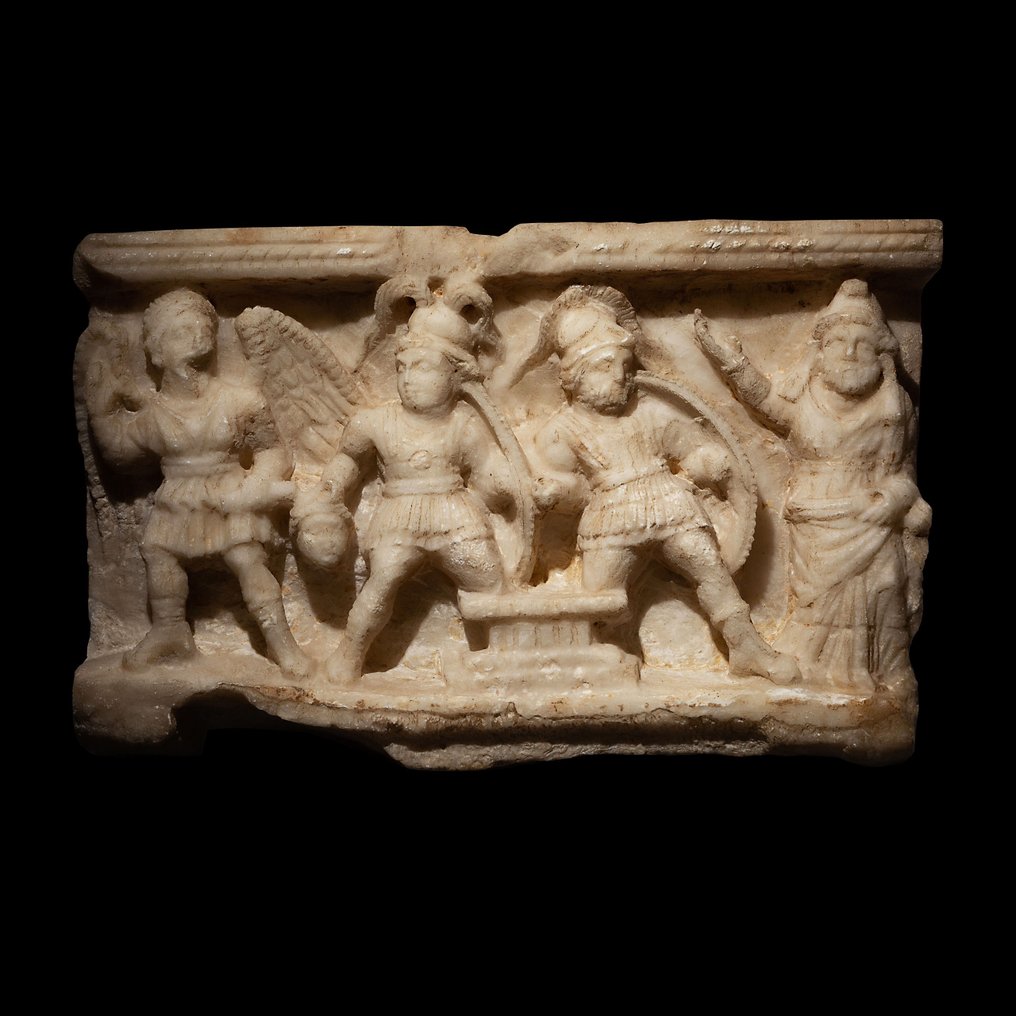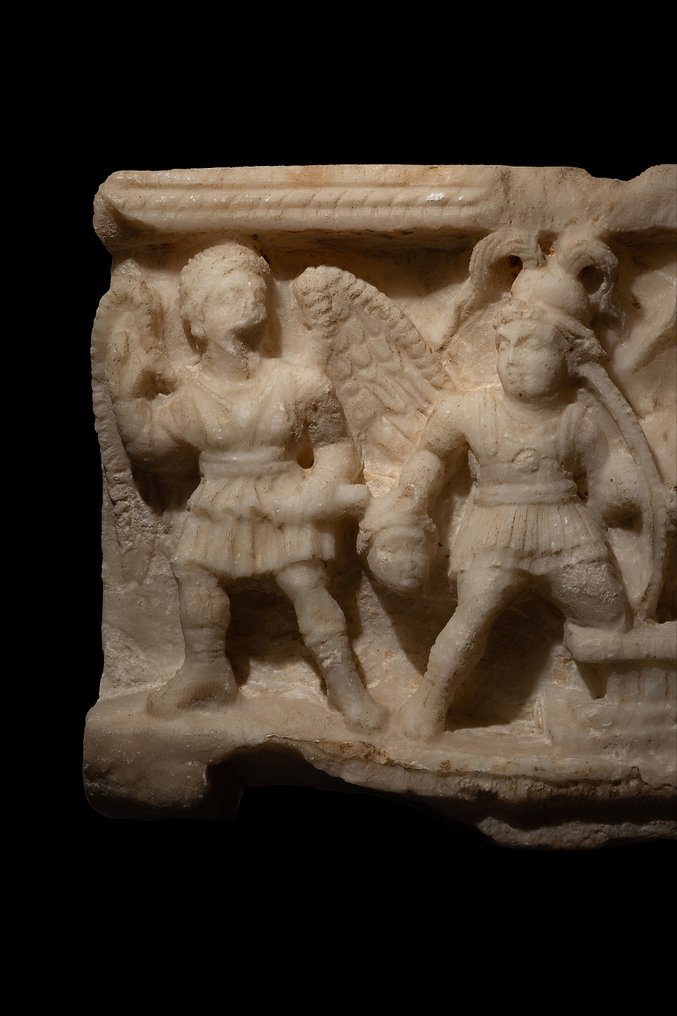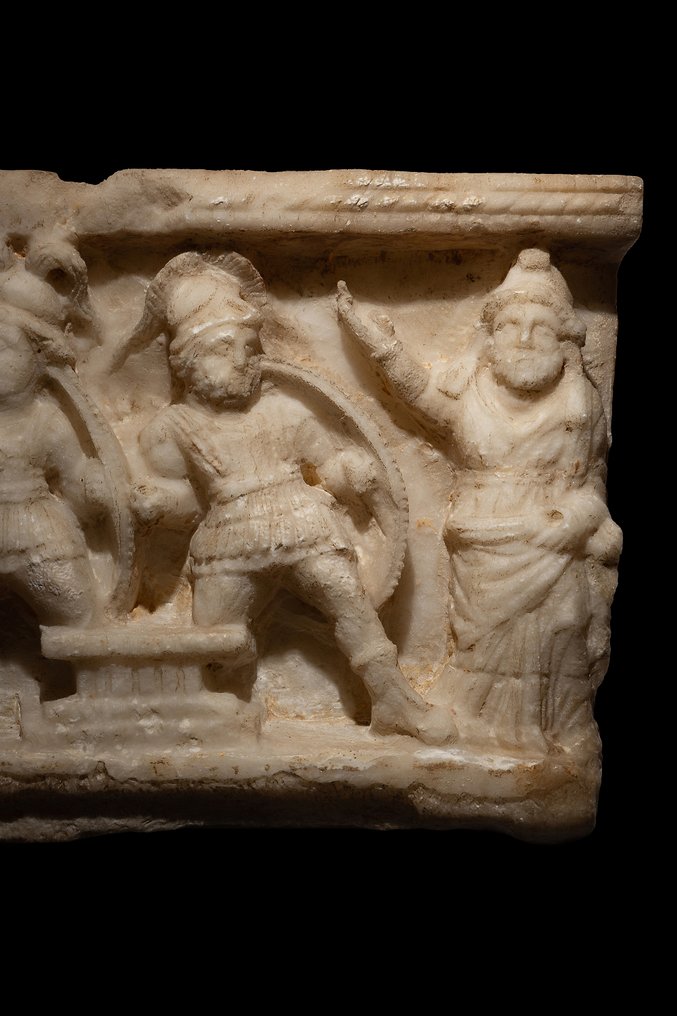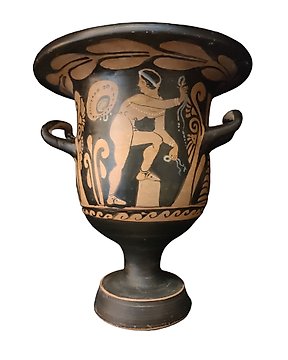Lemondás
Az eladó garantálja, hogy a tárgy a jogszabályoknak megfelelően került hozzá, és ezt bizonyítani is tudja. Az eladó kapott információt a Catawikitől arról, hogy a tárgyhoz mellékelnie kell a tartózkodási helyének megfelelő jogszabályok alapján szükséges dokumentációt. Az eladó garantálja a tárgy eladását/exportját és jogában áll mindez. Az eladó minden a tárggyal kapcsolatban szükséges információt továbbít a vevőnek. Az eladó biztosítja, hogy minden szükséges engedély el lett/lesz intézve. Az eladó azonnal tájékoztatja a vevőt, amennyiben az engedélyek beszerzése késik.
Az eladó garantálja, hogy a tárgy a jogszabályoknak megfelelően került hozzá, és ezt bizonyítani is tudja. Az eladó kapott információt a Catawikitől arról, hogy a tárgyhoz mellékelnie kell a tartózkodási helyének megfelelő jogszabályok alapján szükséges dokumentációt. Az eladó garantálja a tárgy eladását/exportját és jogában áll mindez. Az eladó minden a tárggyal kapcsolatban szükséges információt továbbít a vevőnek. Az eladó biztosítja, hogy minden szükséges engedély el lett/lesz intézve. Az eladó azonnal tájékoztatja a vevőt, amennyiben az engedélyek beszerzése késik.












